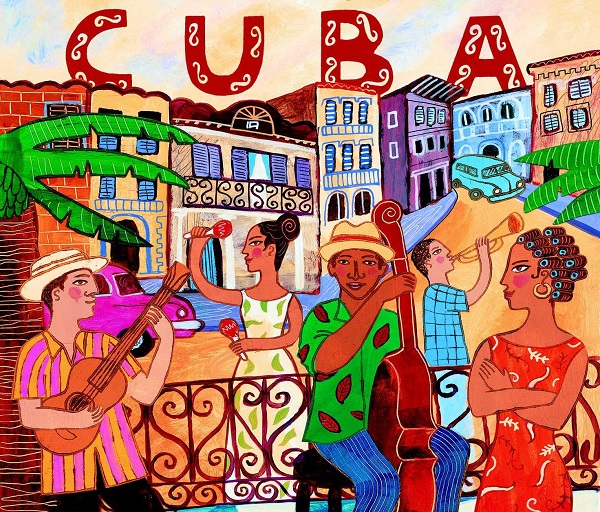3.2 Sacramental plays in 16th-century Cuban theater

The Auto sacramental is an allegorical dramatic performance that addresses a belief of the Catholic Church and is based on the exaltation of the sacrament of the Eucharist. It is the supreme expression of Baroque religious theater.
Autos were performed inside churches or cloisters, later spreading to the streets and public squares. The precursor of the Auto Sacramental is Diego Sánchez de Badajoz, whose work included allegorical dramas whose characters were, among others, symbols of Faith, Hope, Charity, and Truth.
They have a more complex structure than the dramatic genres that preceded them. Autos were structured in the years following the Council of Trent, a period in which they enjoyed a notable popularity. They consist of an introduction, called a loa, and culminate with a series of songs, usually carols, and dances that converge upon the actors’ exit from the stage.
The fundamental themes of the sacramental plays are drawn from the mystery of the Eucharist and the sacraments of the Catholic Church. Emphasizing the benefit of obeying and fulfilling the truths and principles of the faith is the main purpose of the sacramental play.
They took place in most countries on the European continent, coinciding with the most important dates of the Catholic religious calendar, such as Corpus Christi, Christmas, Carnival, and Holy Week.
The pioneer of Spanish Renaissance theater was Juan del Encina (1469-1529). Cristino y Febea, Auto del Repelón, Plácida y Vitoriano, Zambardo y Cardonio, and Filomeno are some of his most significant dramatic eclogues. All of his works, with the exception of two inspired by the Christian Easter, are based on pastoral themes. His autos constitute true hymns of praise to Christ and the redemptive powers of love; characterized by simplicity and subordinated to continuous and rapid changes in tone and situation.
Another important playwright was the Portuguese Gil Vicente, considered the most delicate of the 16th-century playwrights. His plays include Auto da Vicitaçao, Auto pastoril castelhano, and Auto dos Reis Magos, Auto de São Martinho, the latter intended to celebrate Corpus Christi in 1504. His work marked the pinnacle of 16th-century religious theater. The Church banned the performance of many autos in 1559, through a document published in Toledo.
In Cuba, autos were performed throughout the 16th century, being one of the theatrical activities inherited from the Spanish colonizers.
The Auto sacramental reached its peak in Spain in the 17th century, with playwrights such as Lope de Vega, Tirso de Molina, Valdivielso and Calderón de la Barca.








